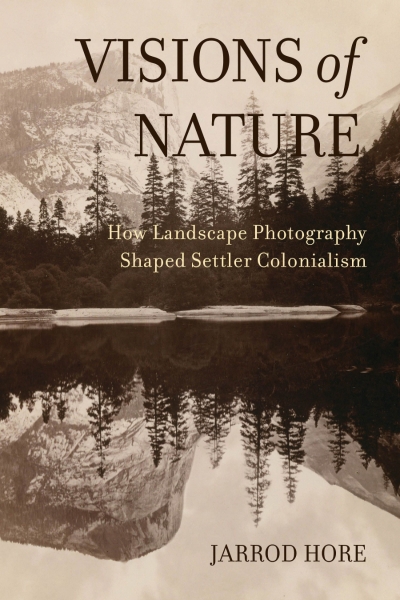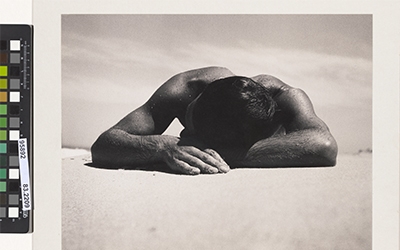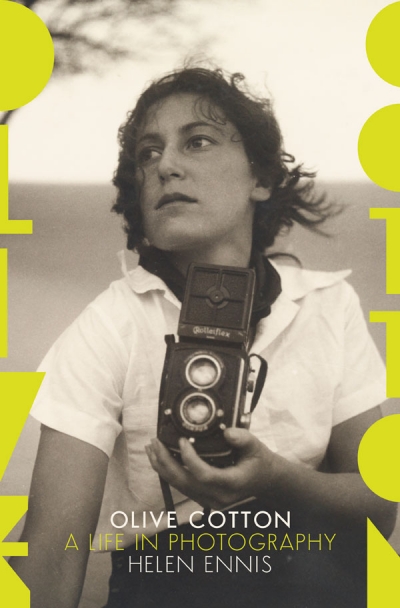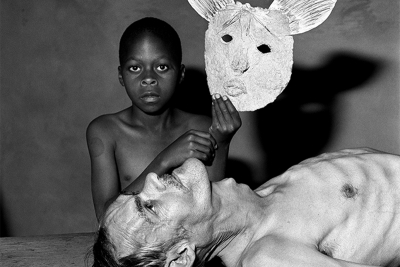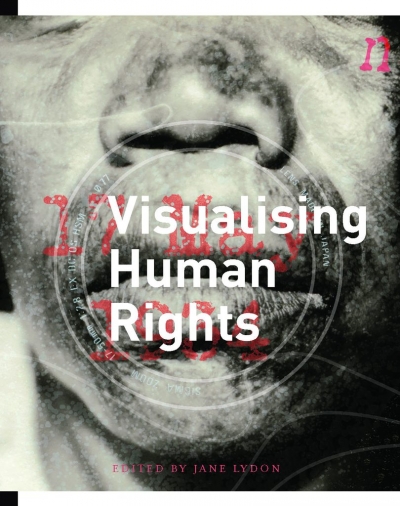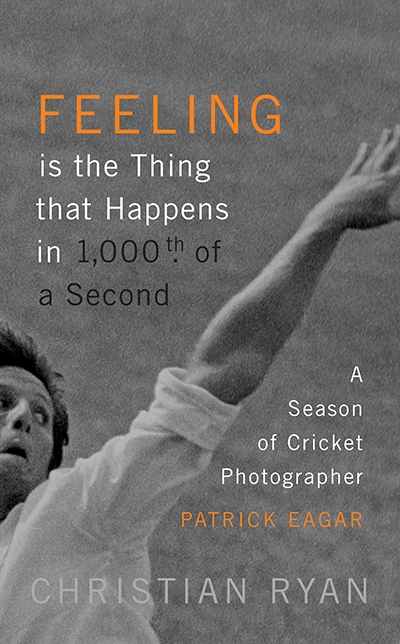Photography
Visions of Nature: How landscape photography shaped settler colonialism by Jarrod Hore
Max Dupain, one of Australia’s most accomplished photographers, was filled with self-doubt. He told us so – repeatedly – in public commentary, especially during the 1980s, in the last years of his life. It is striking how candid he was, how personal, verging on the confessional, and how little attention we paid to what he said, either during his lifetime or since (he died in 1992, aged eighty-one).
... (read more)Olive Cotton: A life in photography by Helen Ennis
Capturing Nature: Early scientific photography at the Australian Museum 1857–1893 by Vanessa Finney
Roger Ballen’s art is not for the faint hearted; it is confronting, haunting, and at times repellent. It is also fascinating, brilliant, and jaw-dropping. These images seethe with malodorous discontent, menace, and psychosis. The best way to experience his photographs is to surrender and resist the desire to read the images literally ...
... (read more)Vivian Maier: A Photographer’s Life and Afterlife by Pamela Bannos
Feeling is the Thing that Happens in 1000th of a Second by Christian Ryan & Lillee & Thommo by Ian Brayshaw
Even young trees bear the signature of deep time, if not eternity. For most of humanity’s existence, men and women have looked upwards through trees, wondering at the tracery of their branches piercing the firmament, the domed lid of the earthly world. Recorded mythology confirms that trees have occupied that special place in every ancient belief system; rooted in ...

